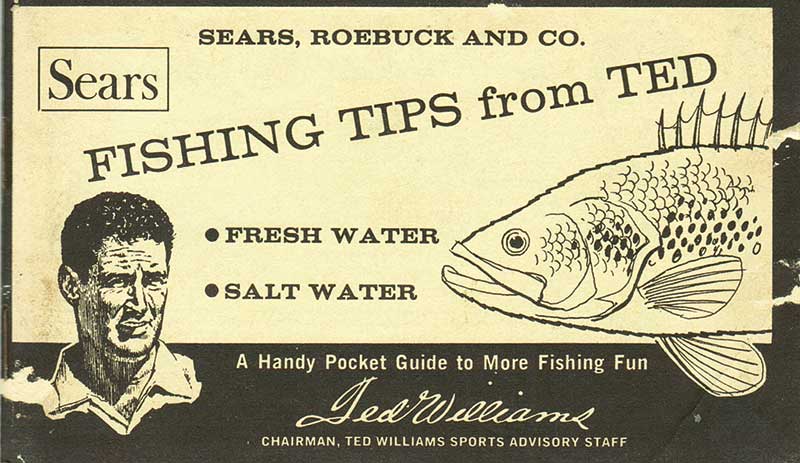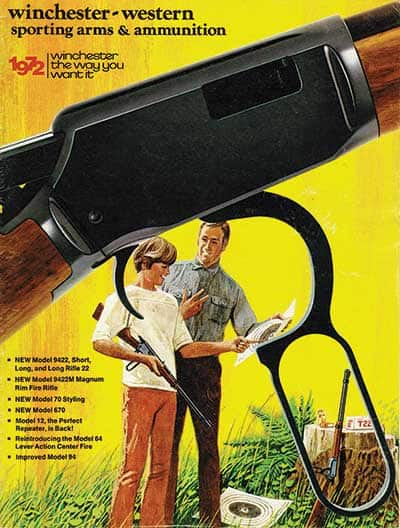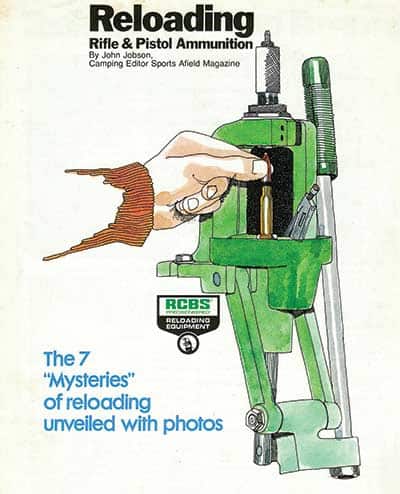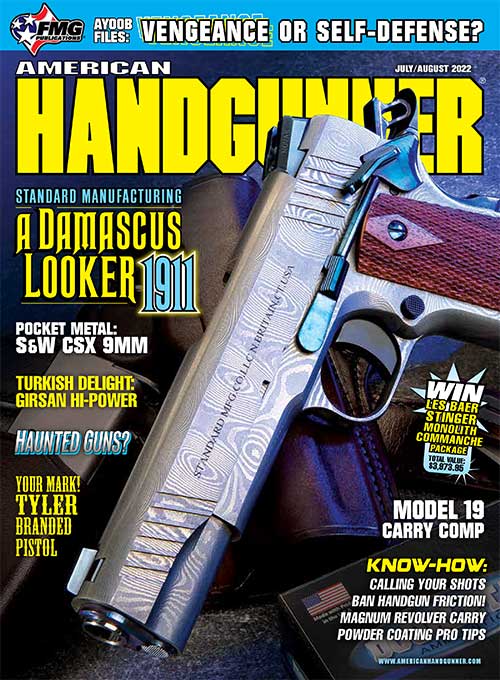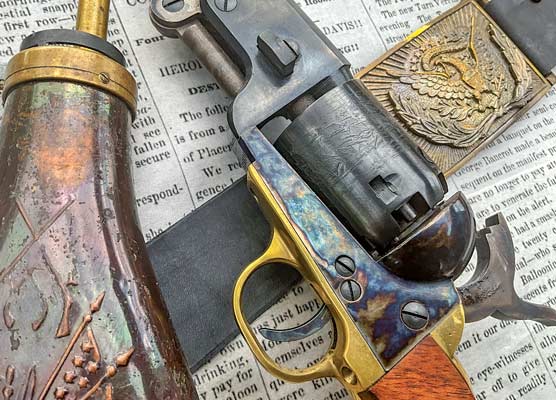Forgetting To Remember
To forget our past is to be ignorant of what’s transpiring now. We see things happening around us but we often miss the foundation. Without knowing how we got here we’re only seeing the echo from those events occurring decades or even 200 years prior. In talking with young people today, I’ve lost track of how many times I’ve heard, “Oh, I never thought of that” or “I didn’t know that’s why we do that.” Worse yet, is when they say, “Oh, I don’t really care about history, it’s so — old.”
We all can’t know everything. The distressing trend I see is a general malaise when it comes to anything happening before the advent of the internet. I’m not here to slam Millennials or young people in general at all. As a matter of fact, I do everything I can to help, encourage, equip and teach them at every possible opportunity and I know most of you do too. I give guns and ammo away, teach gunsmithing, offer shooting tips, make videos specifically geared toward new shooters and we always try to include articles interesting to new shooters in all our magazines and online.
The hitch is what I call the “thumb through it” mode too many seem to be in today. If it’s not a sound bite, a 10-second video or a shared link, too many young people simply don’t see anything having to do with the history of shooting. Much of their experience and interest started at GLOCK and video games and often stalls in that general area. It’s tough to find younger shooters who are what I’d call “generalists” when it comes to shooting. The ones interested in learning new — and old — stuff.
When I was a kid, if it had anything to do with guns of any sort — I was interested. Shotguns, rifles, handguns, reloading, military arms, historical arms, edged weapons, tanks, fighter planes, submarines — you name it. If it was associated with any kind of ordnance it got my attention. I suspect many of you know exactly what I mean. I built my knowledge base by reading thousands of books, listening to smart people and trying it all out — myself.
Print Vs. Electronic
Reader and friend Jeff Riley was kind enough to send me a box full of old catalogs, flyers, pamphlets, tips and tricks booklets and much more. There’s even a nifty Weaver Scope “Sighting-In Guide” built like a cardboard slide rule dated 1966 (75 cents, by the way). As I strolled down memory lane, the company names kept jumping out at me. Winchester, Lee, Colt, Hodgdon, Sierra, RCBS, Dupont, Dynamit Nobel, RWS, Daisy, Navy Arms, Savage, Browning, Remington, Marlin, Bishop and Son, Sears (!), Redfield, Mossberg, H&R, Ruger, J.L. Galef & Son — and they all made me smile.
Some companies are still with us and all have serious history in the industry. As I read, it struck me just because something happened 50 years ago doesn’t mean it’s not significant today. Look at Remington Model 700 rifles. It’s astonishing to learn how that model morphed into the legend it is now. The catalogs tell stories for all these companies. You just need to look.
What struck me most was the deep sense of — for lack of a better word — comfort, I felt looking at the oh-so-familiar company names. It started a video loop in my memory dragging me back to a 12 year old with a 1966 Gun Digest open to the .22 rifle catalog page in the back. Remember those? Names like Remington, Winchester, Colt, Savage and others bore almost mystical power over legions of kids just like me — and you. As I got older and finally able to own and shoot some of the guns I used to only dream about, there was a sense of maturing, a sense of “adult-hood” with the accompanying responsibilities going with it. Remember?
The thing is, I don’t get that same feeling of nostalgia when I stumble onto a website with a picture of an old catalog. Besides, when I click away it’s gone forever. Nobody can send me a cardboard box full of “old website links” able to generate the same set of sensory emotions I get holding a book or classic catalog. I opened the box Jeff had sent and the indulgent odor of yellowed paper and “grandma’s house” — which only a box of old papers can manage — met my nose and the smiles began. The real magic is you can walk away and come back later — and it’s still there sitting on your desk. Unlike electrons, paper has staying power.
The thing is, it’s not just the old papers — it’s what they mean. It’s where we came from. Many of today’s young people — in spite of the fact they might murmur, “Okay boomer” — are missing out if they don’t open their eyes and their minds. If you’re young and you like to shoot, try to ignite your hunger for the history of it all. While today’s companies are innovative and come up with no end of amazing products and technology, if you shoot a vintage 1966 AR15 you’re shooting living history — not a video game. You’ll also better understand today’s rifle platforms. To drive a 1955 Chevy is to better appreciate today’s reliable rides. Get it?
To Wit?
It’s simple actually. If you like today’s guns and gear, I promise you’ll be amazed, astounded, aghast and generally have your breath knocked out when you see what shooters did 50 or 100 years ago. They truly did pave the way for today’s rifle shooters, shotgunners, handgunners and innovators. Most of the things we do today were invented by them. To know them is to meet them and to learn what they knew.
Pick up Elmer Keith’s book Hell, I Was There, or Cooper’s books or O’Connor’s, any early Gun Digest or call upon your own collection of Handgunner and GUNS magazines to relive and to learn. The best part about an old book is you can hand it to your friend and say, “Here, read this, you’ll enjoy it.”
The act of holding the book you gave to them has meaning and they can feel the weight of that meaning in their hands. Prepare to enrich your life. Prepare to be able to speak beyond the latest tweet, or 10-second video you scrolled past during your break.
You may need to learn to drive a stick though. Just sayin’.


